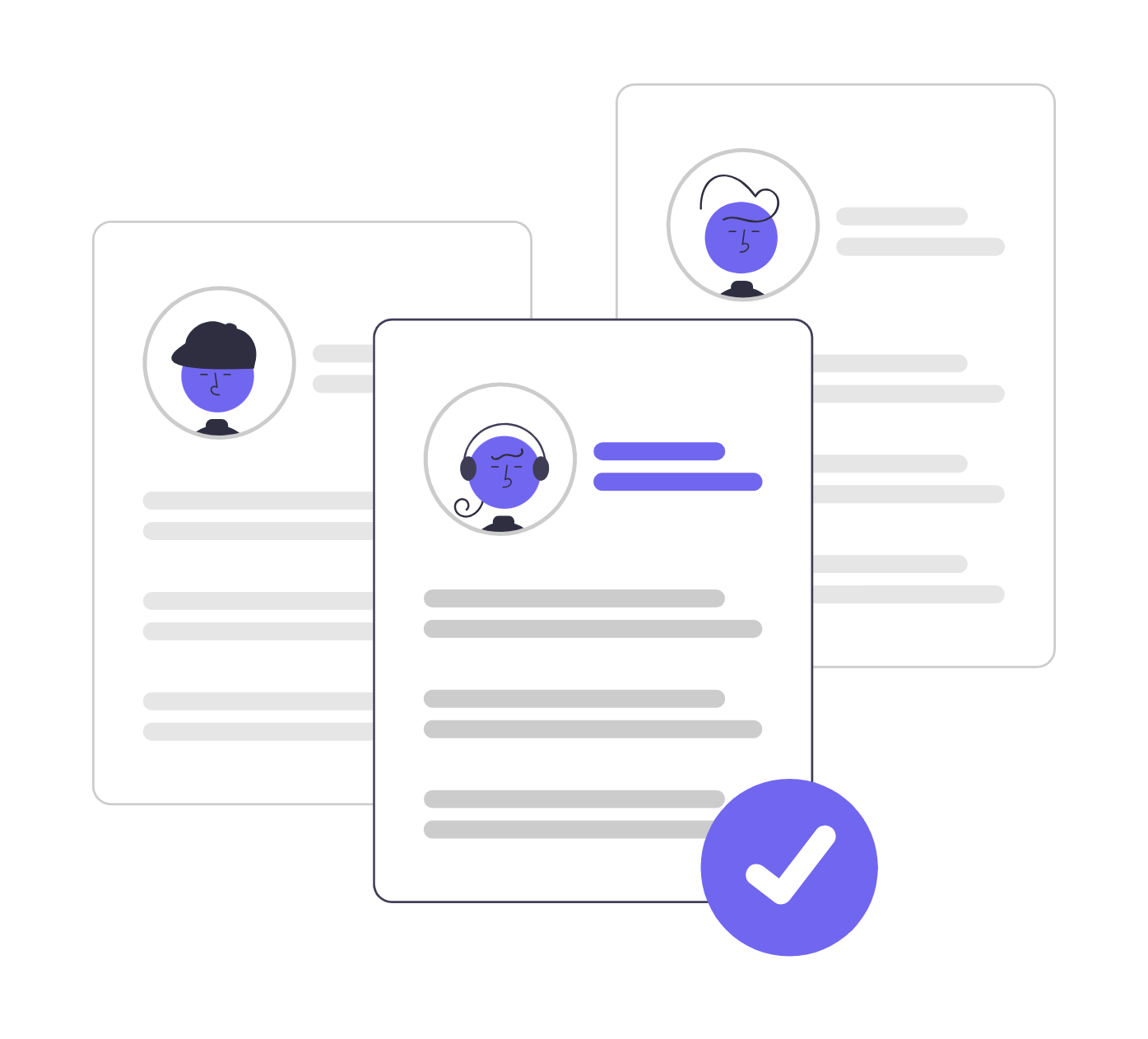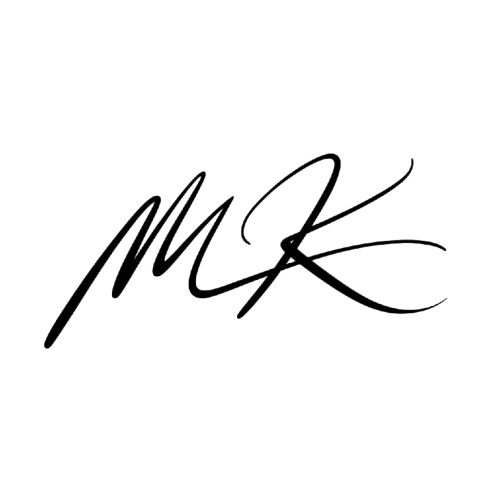Share
Hiring the right people is one of the most critical decisions any business makes. But far too often, companies treat recruiting and staffing as if they’re the same thing. They’re not—and misunderstanding the difference can lead to mismanaged budgets, mismatched hires, and a breakdown in long-term workforce planning.
This guide will walk you through the nuanced differences between recruiting and staffing, when to use each approach, and how understanding the distinction can transform the way you build your team.
What Is Recruiting, Really? (And What It’s Not)
Recruiting is the process of actively identifying, attracting, and selecting qualified candidates for specific roles—typically for permanent or long-term employment. It’s focused, intentional, and strategic.
A recruiter’s job isn’t just to fill a vacancy. It’s to find the right person for a clearly defined position—someone whose skills, experience, and mindset align with the company’s goals and culture.
Key elements of recruiting include:
- Defining the job requirements
- Advertising the position
- Sourcing candidates through various channels (job boards, referrals, databases)
- Screening and evaluating resumes
- Conducting interviews and making a final selection
Quickly identify your most promising candidates. WorkScreen automatically evaluates, scores, and ranks applicants on a performance-based leaderboard—making it easy to spot top talent, save time, and make smarter, data-driven hiring decisions.

What Is Staffing? (And Why It Goes Way Beyond Hiring)
Staffing is the broader, ongoing function of managing workforce needs. While recruiting is part of the staffing process, staffing includes everything from workforce planning to onboarding, training, performance management, and even retention.
Staffing is often associated with temporary, contract, or project-based roles. But more accurately, it’s the umbrella under which all employee lifecycle activities fall.
Common staffing activities include:
- Forecasting workforce requirements
- Identifying talent gaps
- Hiring (short-term or long-term)
- Scheduling and shift planning
- Managing turnover, promotions, and exits
Staffing solutions may include:
- Temporary staffing: Workers hired for short-term needs (e.g., seasonal spikes)
- Contract staffing: Specialists hired for project-based work
- Temp-to-hire: Candidates brought on temporarily, with potential for full-time conversion
Workscreen Eliminates low-effort applicants—including those who use AI Tools to apply, copy-paste answers, or rely on "one-click apply." This way, you focus only on genuine, committed, and high-quality candidates—helping you avoid costly hiring mistakes.

Recruiting Is a Subset of Staffing—Here’s Why That Matters
Think of staffing as the entire hiring ecosystem and recruiting as one (very important) piece of that system.
If recruiting is the act of sourcing a qualified candidate for an open role, staffing is the full journey—from identifying the need to managing that employee through onboarding, development, and retention.
Confusing the two can lead to:
- Hiring full-time employees for short-term needs (increasing overhead)
- Overusing temporary staff for roles that require long-term commitment (leading to high turnover)
Misaligned budgets and unclear workforce planning.
Easily administer one-click skill tests with Workscreen-This way you can assess candidates based on real-world ability—not just credentials like résumés and past experience. This helps you hire more confidently and holistically.

Recruiting vs. Staffing: Key Differences at a Glance
Category | Recruiting | Staffing |
Scope | Narrow – focused on hiring for specific roles | Broad – includes workforce planning, hiring, retention |
Duration | Short-term and role-specific | Long-term and continuous |
Objective | Fill specific job openings | Ensure overall workforce readiness |
Best for | Leadership, permanent hires, specialized roles | Project-based work, seasonal needs, high-volume roles |
Ownership | Often internal HR or recruiters | Often external agencies or HR departments |
Real-World Use Cases—When to Use Each Approach
 Use Recruiting When:
Use Recruiting When:
- You need to hire a department head, specialist, or long-term team member.
- Cultural fit and long-term alignment are key.
- You have the time and budget for a thorough vetting process.
 Use Staffing When:
Use Staffing When:
- You need to scale up quickly for seasonal or project-based work.
- The position doesn’t justify full-time employment.
- You’re uncertain about long-term workforce needs.
In many cases, businesses use both—strategically. For example, a company might recruit a senior developer full-time while using contract staffing to bring on a team of QA testers for a six-month sprint.
Why Modern Hiring Models Blend Both Functions
.Today’s organizations are moving toward hybrid workforce models—combining permanent employees with temporary or contract staff to stay agile and competitive.
In this model:
- Recruiting ensures you’re building a strong leadership and culture.
- Staffing gives you the flexibility to respond to shifting demands without overcommitting.
The rise of remote work, freelance talent pools, and automation tools has only accelerated this shift. Companies that master both recruiting and staffing strategies are better positioned to scale efficiently, stay within budget, and reduce hiring mistakes.
Conclusion: Smarter Hiring Starts with Smarter Distinctions
Recruiting and staffing are not interchangeable terms—they represent different philosophies, different timelines, and different business goals. Understanding how they complement each other helps you:
- Align hiring efforts with actual workforce needs
- Avoid unnecessary costs or talent gaps
- Make better, faster hiring decisions
If you’re only recruiting, you’re playing a short game. If you’re staffing strategically, you’re thinking long-term.
FAQ
Not necessarily. While staffing is often associated with temporary or contract roles, it also includes permanent placements and long-term workforce management. Staffing agencies may offer temporary, temp-to-hire, or permanent staffing services depending on a company’s needs.
Yes, especially in smaller companies. However, in larger organizations or high-growth environments, recruiting may be managed by in-house recruiters while staffing functions (like temporary hiring or workforce planning) are handled by HR or outsourced to agencies.
Yes. Recruiting is typically the first stage in the staffing process. It focuses on identifying and selecting qualified candidates. Once the hire is made, the broader staffing process continues through onboarding, training, and retention.
Effective staffing ensures your workforce is aligned with current and future business needs, helping you stay productive and agile. Smart recruiting ensures that the people you bring on are skilled, motivated, and culturally aligned, reducing turnover and improving long-term outcomes.
Talent acquisition is often used interchangeably with recruiting but tends to refer to a more strategic, long-term approach to finding and developing talent. Staffing, on the other hand, covers both acquisition and ongoing management of the workforce.

